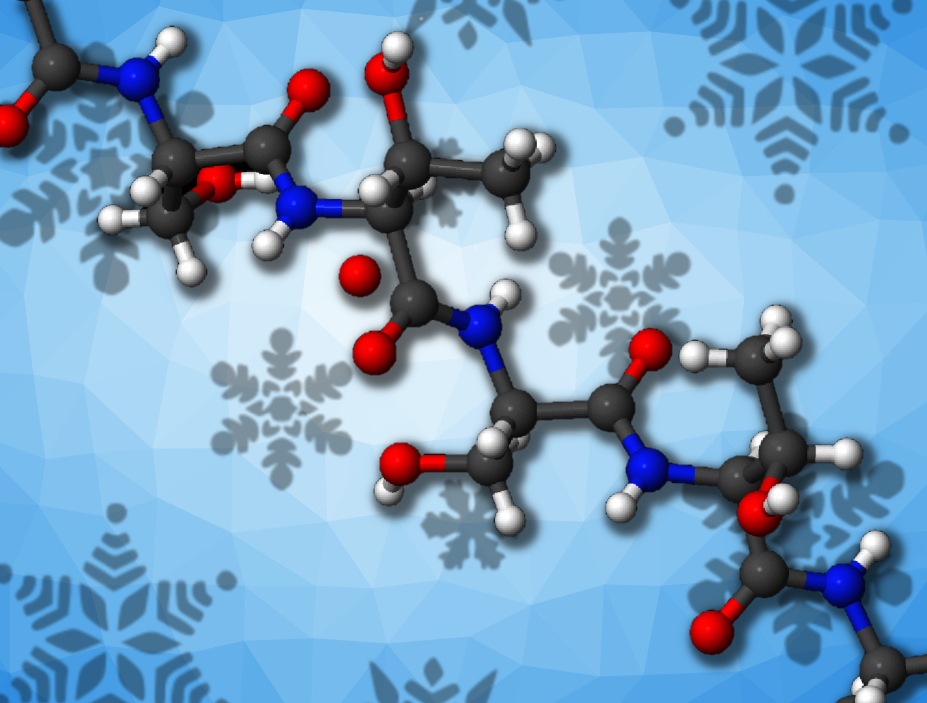Ice-nucleating proteins produced by certain bacteria can promote the—usually kinetically hindered—transition of water to ice. To serve as effective nucleation sites for ice crystals, several ice-nucleating proteins need to assemble into large functional aggregates. Two classes of such aggregates with different sizes have been found by researchers. However, the precise number of proteins forming the two aggregate classes and their assembly mechanism had remained unknown.
Valeria Molinero, The University of Utah, Salt Lake City, USA, Konrad Meister, Max Planck Institute for Polymer Research, Mainz, Germany, and Boise State University, ID, USA, and colleagues have investigated the formation of ice-nucleating protein multimers responsible for superior ice nucleation, as well as determined their size. The team used ice nucleation experiments and AI-based protein structure prediction, among other methods. They examined the ice-nucleating activity of Pseudomonas syringae bacteria as they were cooled down.
The researchers found evidence for a hierarchical assembly mechanism: Initially, highly stable dimers are formed based on tyrosine interactions. These dimers then assemble into larger structures via electrostatic interactions. Aggregates composed of only six proteins were sufficient to initiate the freezing process. The team also found that optimal pH values and ion concentrations in the ice-nucleating solution can promote the assembly process and enhance the ice-nucleation activity of the bacteria.
- Hierarchical assembly and environmental enhancement of bacterial ice nucleators,
Galit Renzer, Ingrid de Almeida Ribeiro, Hao-Bo Guo, Janine Fröhlich-Nowoisky, Rajiv J. Berry, Mischa Bonn, Valeria Molinero, Konrad Meister,
Pro. Natl. Acad. Sci. USA 2024.
https://doi.org/10.1073/pnas.2409283121




